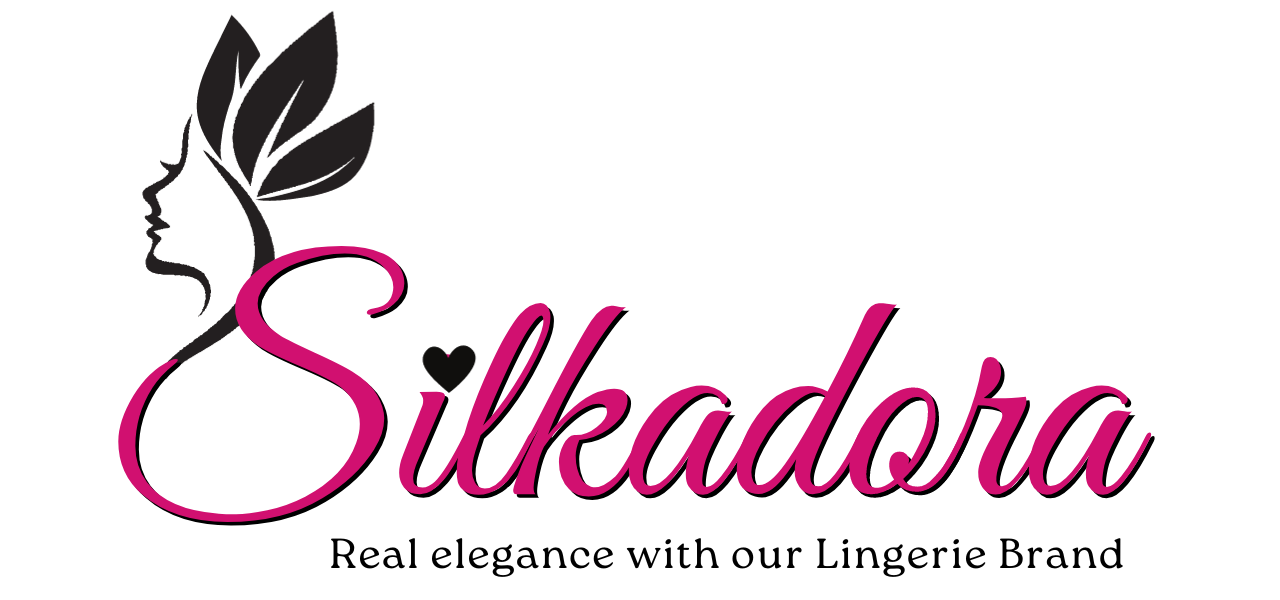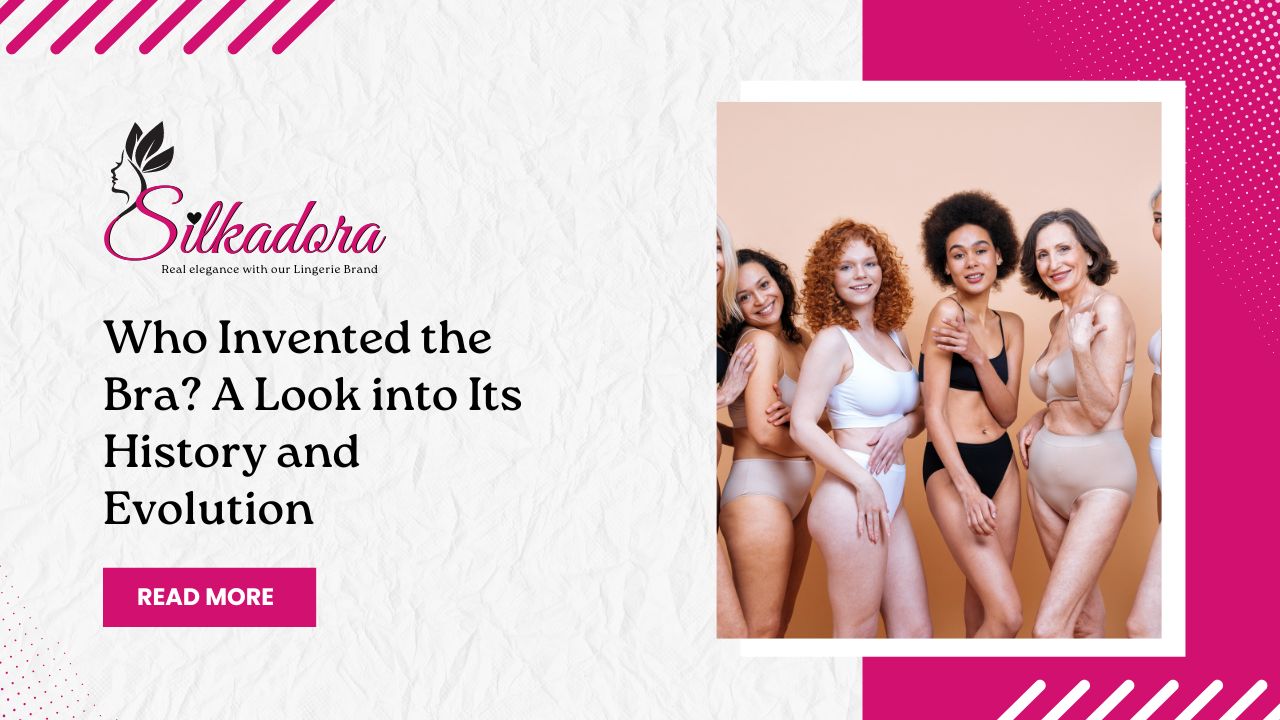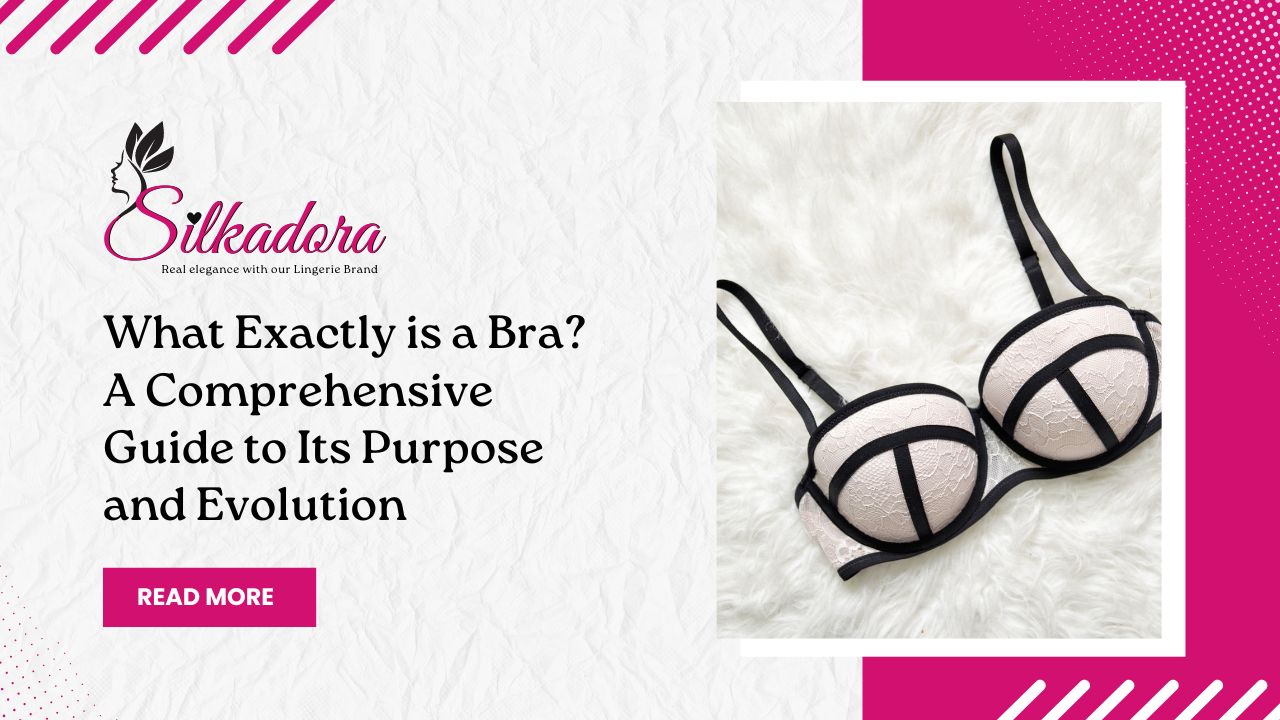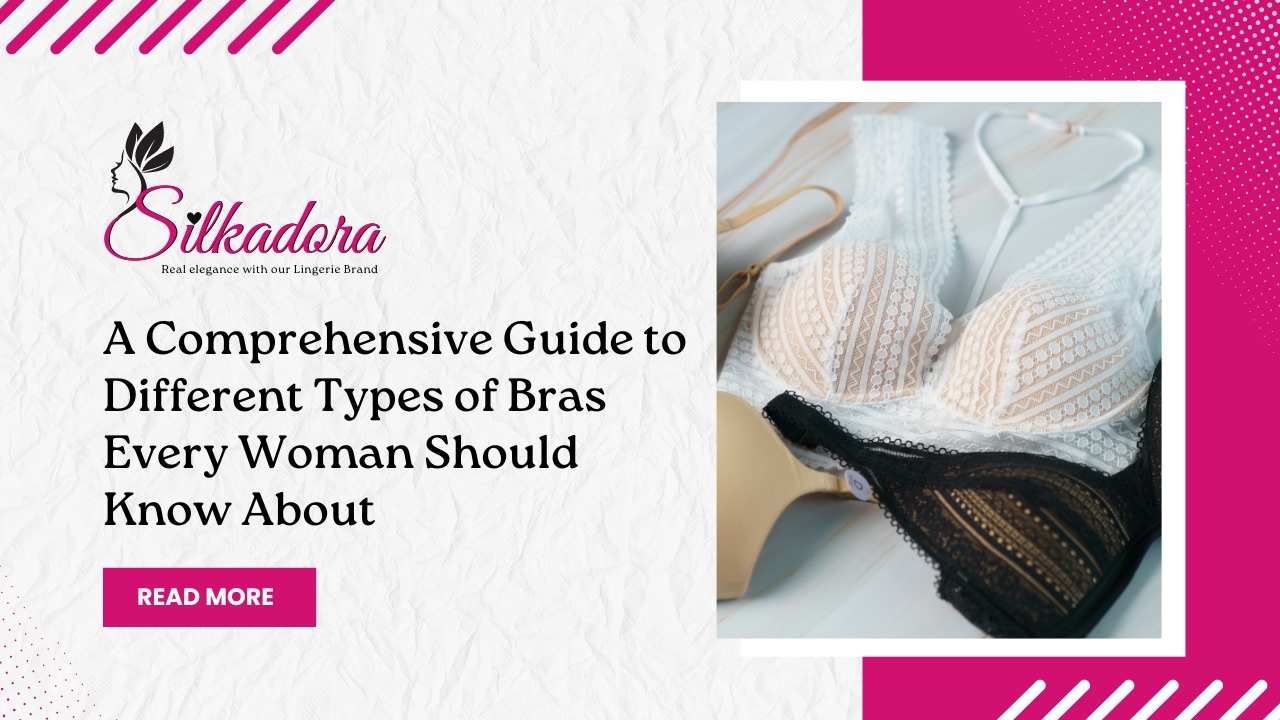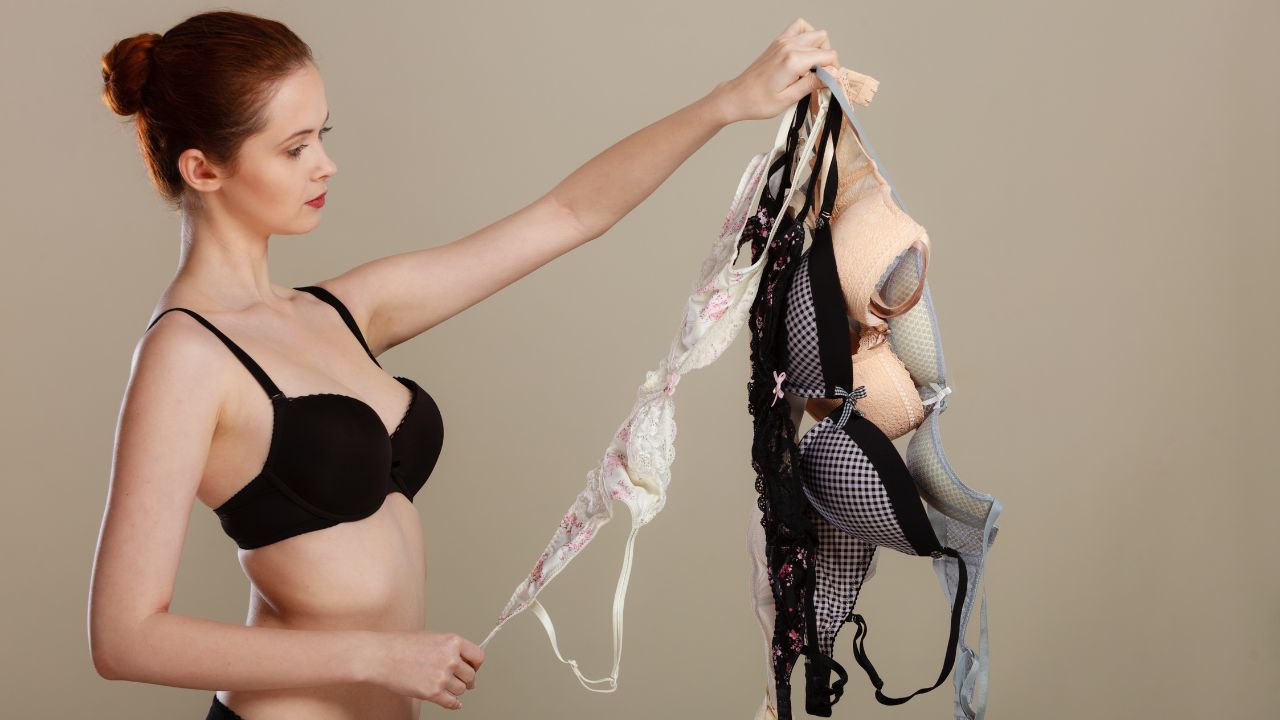Welcome to the intriguing world of undergarments, where fashion meets function in a delicate dance that has evolved over centuries. Have you ever wondered who revolutionized the way we support our assets? Join us on a journey through time as we unravel the mystery behind one of the most essential pieces in every woman’s wardrobe – the bra. From ancient origins to modern innovations, let’s dive into the fascinating history and evolution of this indispensable undergarment. Let’s explore together: Who invented the bra?
The Beginning of the Bra: Ancient Times to the 19th Century
In ancient times, women used various forms of breast support. From linen bands in Ancient Greece to fabric strips worn by Roman women, early versions of bras provided basic coverage and support. Fast forward to the Middle Ages, when corsets became popular for shaping the female figure.
The 19th century saw significant changes in undergarment design. The invention of the corset with cups led to a more structured form of breast support. As fashion trends evolved, so did undergarments – enter the “bust bodice,” a precursor to modern bras.
By the late 19th century, as women began participating in sports and demanding more practical attire, the need for a comfortable yet supportive undergarment became apparent. This period laid the groundwork for Mary Phelps Jacob’s groundbreaking creation that would revolutionize lingerie forever.
Mary Phelps Jacob: The Creator of the Modern Bra
Mary Phelps Jacob, a name that may not ring a bell for many, played a pivotal role in revolutionizing undergarment fashion. In the early 20th century, she recognized the discomfort of wearing restrictive corsets and sought to create a more comfortable alternative. With some ingenuity and silk handkerchiefs, Mary crafted the first modern bra.
Her creation garnered attention for its innovative design that offered both support and comfort without sacrificing style. The patent she received in 1914 marked the beginning of a new era in women’s lingerie. Dubbed as the “backless brassiere,” her invention laid the foundation for today’s diverse range of bra styles.
Mary Phelps Jacob’s forward-thinking approach reshaped how women approached their undergarments, paving the way for further advancements in bra technology and design. Her legacy lives on through every modern bra worn today.
The Evolution of Bras in the 20th Century
The 20th century saw significant changes in bra design and functionality. With the rise of women’s rights movements, bras began to adapt to meet the needs of modern women. In the early 1900s, the invention of elastic materials revolutionized bra construction, providing a more comfortable and flexible fit.
As fashion evolved throughout the decades, so did bra styles. The iconic bullet bras of the 1940s gave way to more natural shapes in the 1960s. The push-up bra became popular in the 1980s, emphasizing cleavage and enhancing bust size.
Technological advancements further transformed bras in the late 20th century with innovations like underwire support and moisture-wicking fabrics for active wear. Brands began catering to diverse body types and preferences, offering a wide range of sizes and styles.
The evolution of bras in the 20th century reflected changing societal norms and trends while prioritizing comfort, support, and individual expression.
Influential Figures and Events in Bra History
In the realm of bra history, several influential figures and events have shaped the evolution of this undergarment essential to many women. One notable figure is Caresse Crosby, who patented the first modern backless brassiere in 1914. Her innovation revolutionized comfort and support for women’s chests.
Fast forward to the 1940s when Howard Hughes commissioned designer Jane Russell a more supportive bra for her film costumes. This led to the creation of an underwire design that became popular and set a new standard in bra technology.
Another significant event was the introduction of Victoria’s Secret Fashion Show in 1995, which not only showcased lingerie but also played a role in shaping societal perceptions around bras and femininity.
These figures and events highlight how bras have evolved beyond mere functionality into symbols of fashion, empowerment, and cultural significance.
Current Trends in Bra Design
In the ever-evolving world of fashion, bra design continues to push boundaries and embrace diversity. From sustainable materials to inclusive sizing, current trends in bra design are all about combining style with functionality.
One major trend is the rise of eco-friendly bras made from recycled materials or organic fabrics. Brands are increasingly focusing on sustainability and ethical production practices, catering to environmentally conscious consumers.
Another notable shift is the emphasis on inclusivity in size ranges. More brands are offering a wide range of sizes to cater to different body types, promoting body positivity and self-acceptance.
In terms of aesthetics, there’s a growing popularity for minimalist designs with clean lines and simple silhouettes. Neutral tones and seamless styles are favored for their versatility and comfort.
Modern bra design reflects a move towards sustainability, inclusivity, and minimalism – aligning with changing consumer preferences and values in today’s diverse society.
Controversies Surrounding Bras and Their Impact on Society
Controversies surrounding bras have been a topic of discussion for decades, sparking debates about societal norms and expectations. Some argue that bras are symbols of oppression, constraining women’s bodies to fit into conventional standards of beauty. On the other hand, proponents believe that bras provide support and comfort, contributing to women’s overall well-being.
The bra-burning movement in the 1960s symbolized women’s liberation from traditional gender roles, challenging the notion that undergarments define femininity. Despite these protests, wearing or not wearing a bra remains a personal choice for many individuals.
In recent years, campaigns promoting body positivity and inclusivity have questioned the necessity of adhering to strict lingerie conventions. This shift in perspective reflects society’s evolving attitudes towards self-expression and individuality.
As controversies continue to surround bras, it is evident that their impact on society extends beyond mere fashion statements. The ongoing discourse highlights deeper issues related to autonomy, empowerment, and freedom of choice.
Controversies surrounding the bra
Controversies surrounding the bra have been a hot topic for decades. Some argue that bras are essential for support and comfort, while others believe they perpetuate unrealistic beauty standards. The burning question remains: should wearing a bra be a personal choice or societal expectation?
Critics claim that bras restrict natural movement and can even lead to health issues like poor circulation and discomfort. On the other hand, supporters argue that properly fitting bras provide necessary support, especially for those with larger bust sizes.
The debate extends beyond just functionality; it delves into feminism and body positivity movements. Some view bras as tools of oppression imposed by society’s beauty standards on women, while others see them as empowering choices that enhance confidence.
The controversies surrounding bras reflect broader discussions about individual freedom, self-expression, and societal norms. As opinions continue to clash, one thing is clear – the conversation around bras is far from over.
Modern innovations and advancements in bra technology
Modern innovations and advancements in bra technology have revolutionized the way we think about undergarments. With the rise of technology, bras have become more than just functional pieces of clothing – they are now designed to provide comfort, support, and style.
One key advancement is the development of materials that are breathable, moisture-wicking, and stretchy. These fabrics help keep you cool and comfortable throughout the day, no matter how active your lifestyle may be.
Another innovation is the use of 3D printing technology to create customized bras that fit perfectly to each individual’s unique shape. This ensures a better fit and reduces discomfort caused by ill-fitting bras.
Furthermore, advancements in strap design and closure systems have made bras easier to adjust for a personalized fit. From front closures to adjustable straps with padding for extra comfort, these features cater to different body types and preferences.
Modern innovations in bra technology continue to push boundaries and enhance our everyday experiences with undergarments.
Conclusion: The Bra’s Enduring Legacy and Future Possibilities
As we journey through the history and evolution of the bra, it becomes evident that this undergarment has left a significant impact on fashion, culture, and society as a whole. From its humble beginnings in ancient times to Mary Phelps Jacob’s revolutionary creation of the modern bra, this garment has continuously adapted to meet the changing needs and preferences of women.
Throughout the 20th century, bras evolved in style, design, and functionality thanks to influential figures like Caresse Crosby and advancements in technology. Today, bras come in a wide array of styles catering to different body types and fashion trends. Despite controversies surrounding bras’ effects on health and societal expectations regarding women’s bodies, these garments remain an essential part of many people’s wardrobes.
Looking towards the future, modern innovations such as breathable materials, wireless designs for comfort, inclusive sizing options for all body shapes are shaping the next generation of bras. The enduring legacy of the bra lies not only in its practical function but also in its symbolic significance as an expression of femininity and self-confidence.
As we embrace new possibilities for bra design and technology moving forward into uncharted territory with sustainability practices becoming increasingly prevalent within fashion industries – one thing is certain: The bra will continue to evolve while remaining a staple undergarment that empowers individuals around the world.

